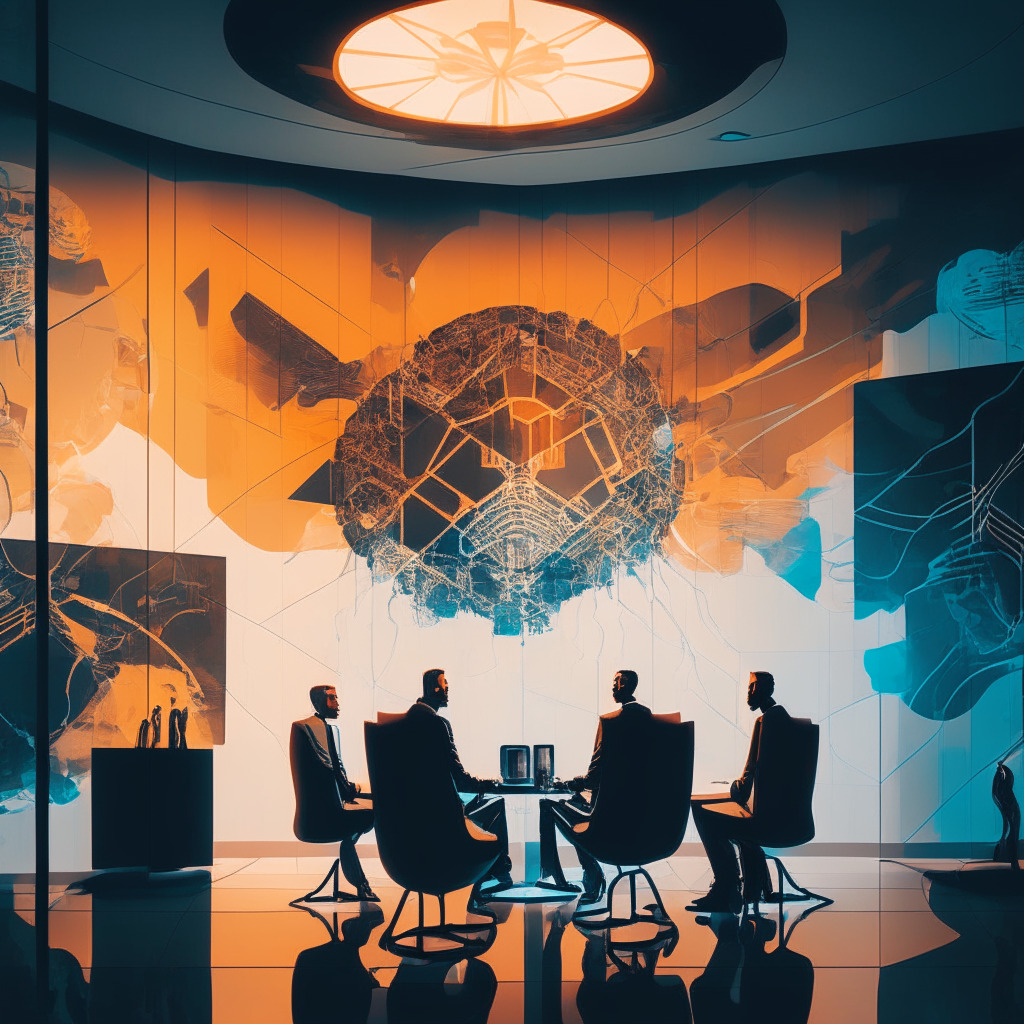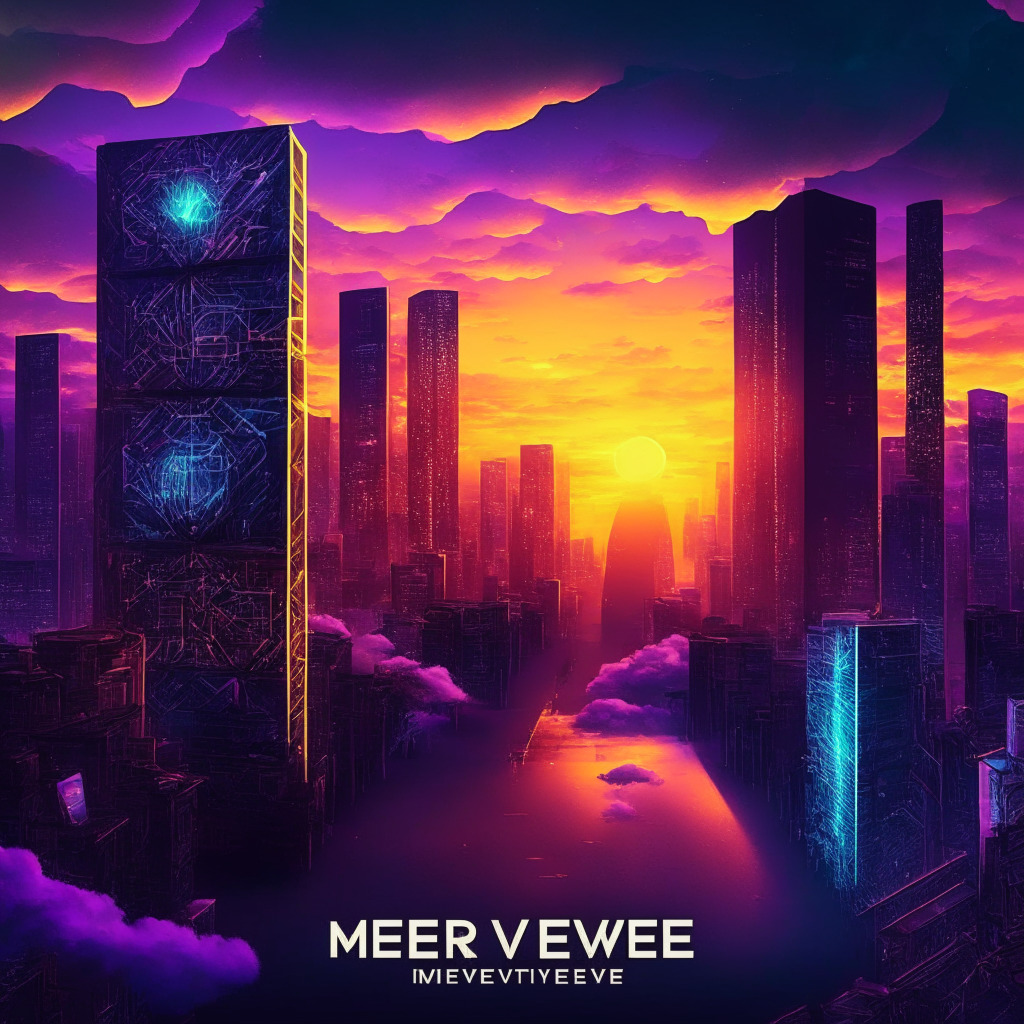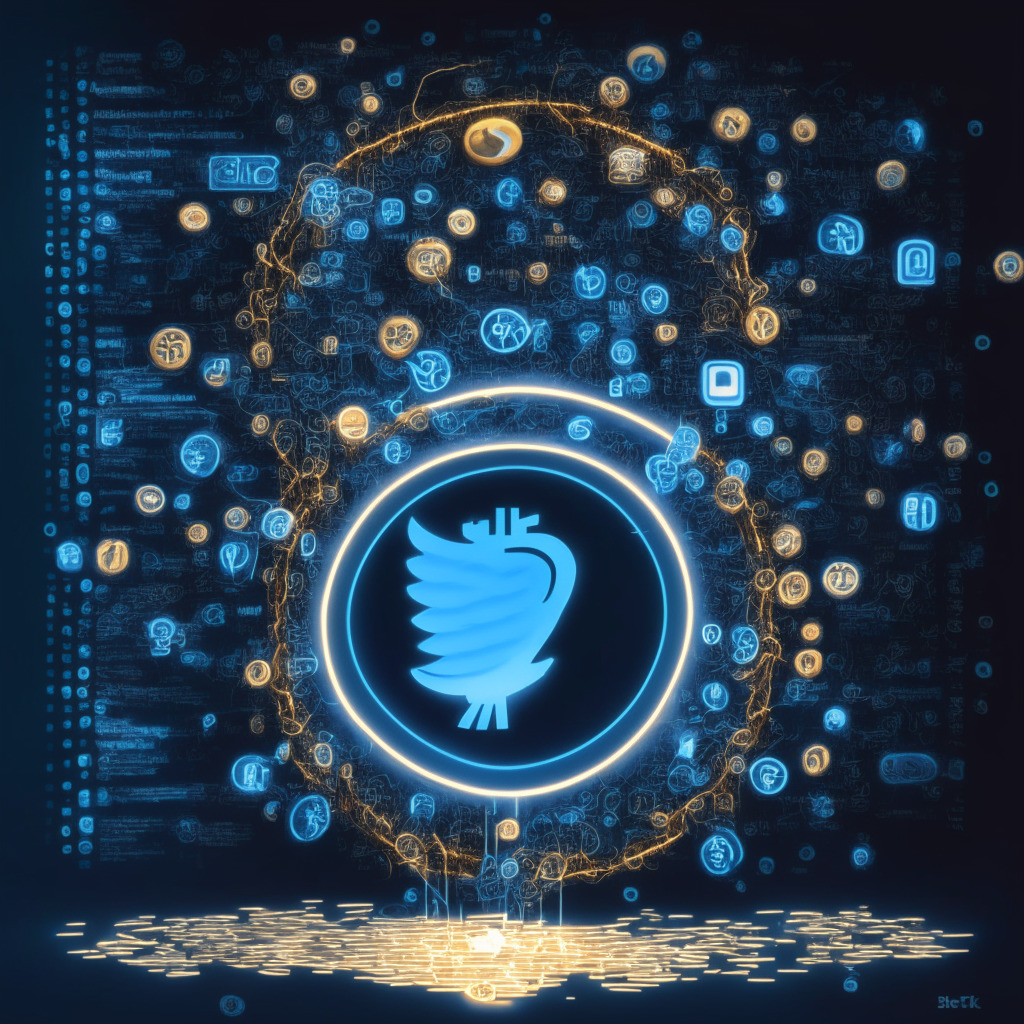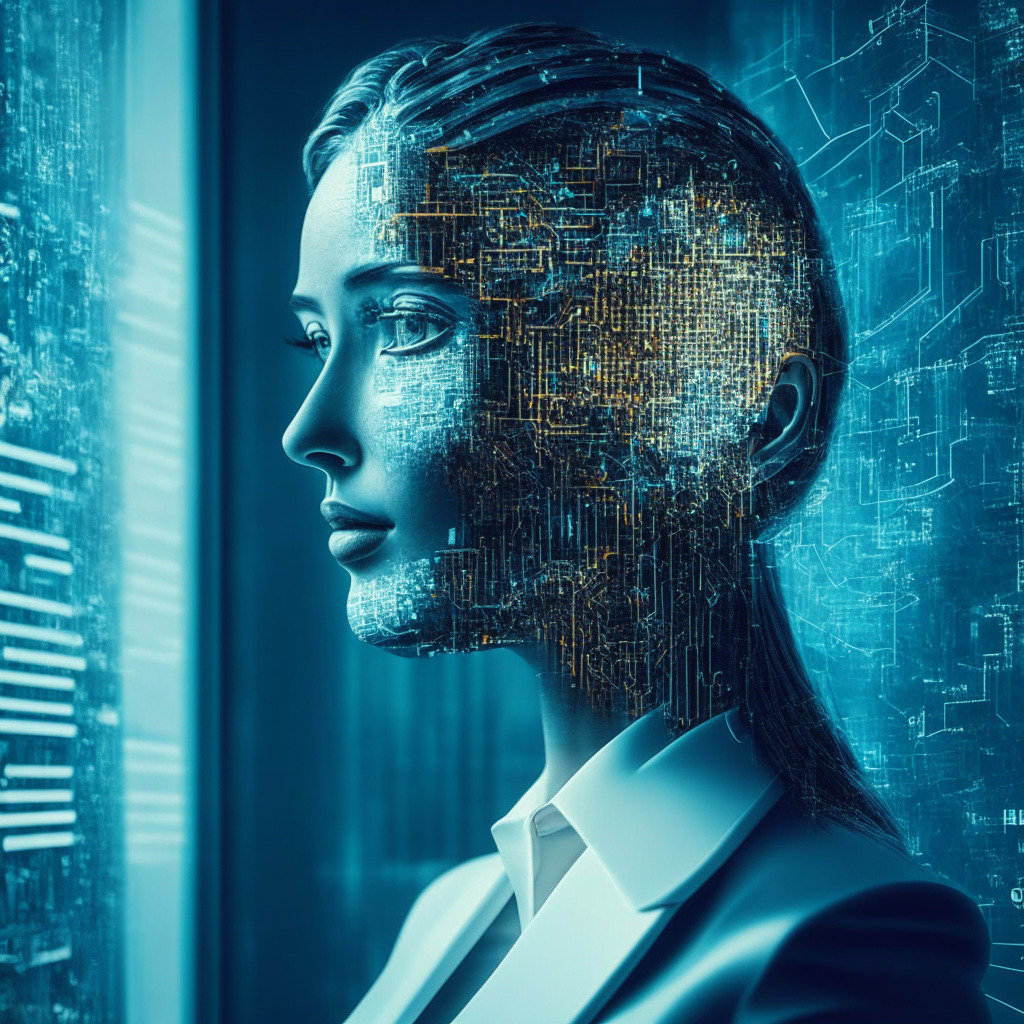Not too long ago, dozens of artificial intelligence (AI) experts, including CEOs of OpenAI, Google DeepMind, and Anthropic, signed an open statement published by the Center for AI Safety (CAIS). The statement, which reads, “Mitigating the risk of extinction from AI should be a global priority alongside other societal-scale risks such as pandemics and nuclear war,” highlights growing concerns in the sector about the potential threats advanced AI may pose to humanity.
While many signatories, such as the “Godfather of AI” Geoffrey Hinton, believe that human-level AI is inevitable and the time to act is now, others argue that the threats are being overstated. Meta’s chief AI scientist Yann LeCun, along with Google Brain co-founder Andrew Ng, view AI as the solution rather than a problem. But this disagreement underlines the broader dilemma faced by the AI community today: How does one balance progress with potential dangers?
It’s still unclear as to what specific actions the statement’s signatories are calling for. Considering that CEOs and heads of AI for nearly every major AI company, as well as many prominent scientists, have signed on, it is evident that the intention is not to halt development completely. Instead, it hints at the need for a more regulated and risk-averse approach to AI growth.
Notably, OpenAI CEO Sam Altman recently urged lawmakers to regulate his industry during a Senate hearing. OpenAI has also been in the news for its Worldcoin project, which fuses cryptocurrency with proof-of-personhood and recently raised $115 million in Series C funding – bringing its total to $240 million.
While the debate about AI’s potential risks rages on, it is worth noting that history has shown us that merely ceasing research and development in any field is hardly the answer. The 20th century, for example, saw the rise of nuclear energy, which also bore immense risks. Yet, through regulation and international cooperation, those risks were minimized.
Ultimately, finding the right balance between embracing AI’s potential while mitigating its risks will be crucial for the future of this technology. As AI continues to make leaps and bounds in development, ensuring the safety of humanity, while allowing technology to continue advancing, will be a predominant challenge that, if addressed correctly, can lead to a harmonious coexistence between humans and AI.
Source: Cointelegraph




